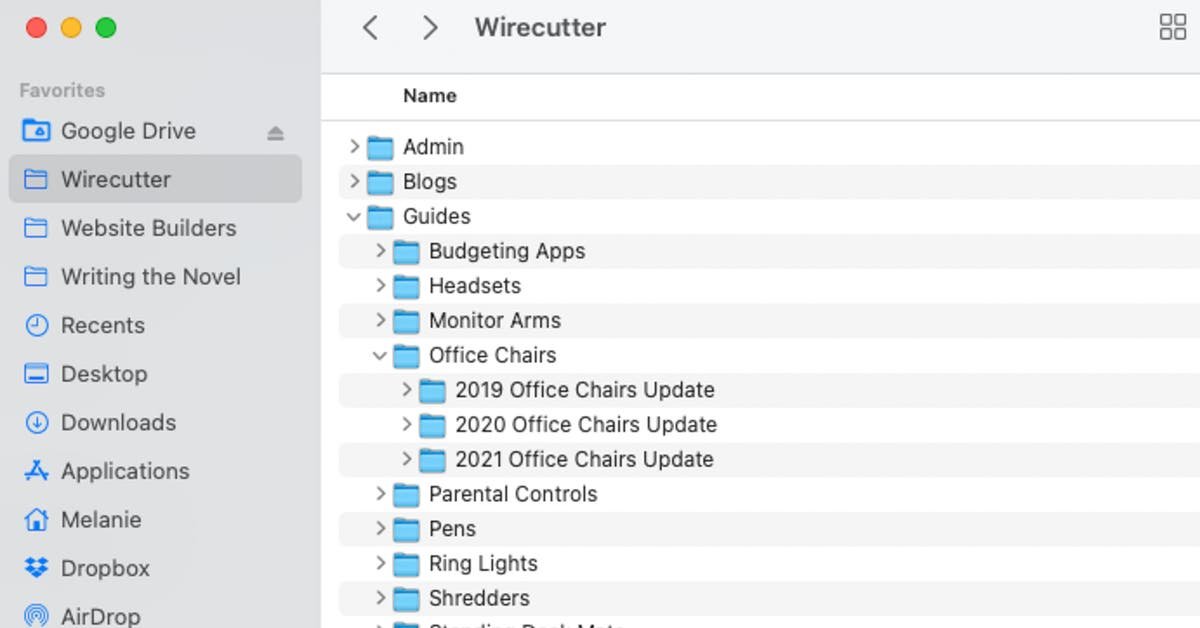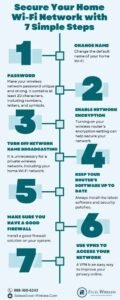How to Build Your First Website A Beginner’s Guide
How to Build Your First Website: A Beginner’s Guide. Ready to take your online presence to the next level, but overwhelmed by the technical aspects? Creating a website can feel daunting, but it’s actually more accessible than you think! This beginner’s guide will demystify the process, providing you with practical steps and readily available tools to build your first site. We’ll address common concerns and equip you with the knowledge to conquer this exciting endeavor. This guide will cover everything from choosing the right platform to optimizing your site for search engines. Let’s dive in!
Choosing the Right Platform (and Tools)
1.1 Understanding Website Builders
Website builders are user-friendly platforms that simplify the process of website creation. They offer drag-and-drop interfaces, pre-designed templates, and intuitive tools to help you craft a visually appealing site without extensive coding knowledge. Popular choices include Wix, Squarespace, and WordPress.com, each having its own set of strengths and weaknesses.
1.2 Considering Your Needs and Budget
Before settling on a platform, consider your specific needs and budget. Do you need e-commerce functionality? A blog section? Or a simple portfolio showcasing your work? Different platforms have different pricing models and features, so careful evaluation is crucial. A free trial is often a great way to test out platform features.
Designing Your Website (and its Content)
2.1 Selecting a Theme or Template
Many website builders offer pre-designed templates that act as starting points. Choose a template that aligns with the purpose of your site. Remember that templates can be customized to match your brand’s identity and aesthetic. Reviewing different options and considering your branding and the desired impression for your site is crucial.
2.2 Crafting Compelling Content
Once your structure is set, focus on crafting engaging content. Consider the purpose of your website. Whether it’s a blog, portfolio, or e-commerce store, your content should be relevant, well-written, and informative, keeping your target audience in mind.
Many successful website owners utilize high-quality images and videos to boost visual appeal and engagement. Research and use royalty-free options or licensed images when needed. Content should align with your branding and the purpose of your website. Using strong visuals can improve visitor engagement significantly.
Optimizing Your Website for Search Engines (SEO)
3.1 Keyword Research
Keyword research helps you identify the words and phrases that people use when searching for websites like yours. Tools like Google Keyword Planner can help uncover relevant keywords, allowing you to optimize your website’s content for better visibility. By using relevant keywords within your website’s content, you’re telling search engines what your site is about. This is essential to ensure visibility in search results.
3.2 Content Optimization
Optimizing content for search engines involves strategically incorporating your keywords into titles, headings, meta descriptions, and body text. Writing compelling copy while adhering to keyword density is important for search engine ranking.
Hosting Your Website (and Managing It)
4.1 Choosing a Hosting Provider
Website hosting providers store your website’s files and make them accessible to users on the internet. Choosing the right provider is crucial for ensuring website performance and uptime. Consider factors like server location, speed, and reliability.
4.2 Managing Your Website
After hosting, continuous management is essential. Regularly updating your website with fresh content and monitoring its performance are key to success. This might include using analytics tools to track visitors and adjust strategies for better performance and user engagement.
Testing and Launching
5.1 Thorough Testing
Before launching, conduct thorough testing across different devices and browsers. This will help to identify any potential issues or design flaws. Ensure your website functions correctly and your design elements are consistent.
5.2 Launching and Promotion
Once your website is fully tested and refined, launch it and start promoting it to reach your target audience. Sharing your website with relevant groups and communities will help expand your visibility. Promoting your website can lead to increased engagement and traffic to your website.
What are some tips for choosing a website builder?
Consider your needs and budget. Evaluate user-friendliness, customization options, e-commerce capabilities, and pricing models before making a decision. Look for providers with excellent customer support and ensure the platform aligns with your goals. Explore reviews and testimonials from other users to gain insights into the platform’s reliability.
How do I drive traffic to my website?
Employing effective search engine optimization (SEO) strategies is key. Perform keyword research to identify relevant keywords and incorporate them strategically into your website’s content, titles, and descriptions. Promoting your website through social media, email marketing, and other online channels can also drive significant traffic and visibility.
What are some common website design mistakes to avoid?
Avoid complex and confusing navigation. Ensure the design is visually appealing and clean, reflecting your brand and website’s purpose. Overusing images, graphics, or plugins can negatively affect the website’s speed and user experience. Always prioritize a smooth user experience over complex or distracting designs.
What is the role of web hosting in website success?
Web hosting plays a crucial role in website success by ensuring consistent availability and speedy loading times. Selecting a reliable and secure hosting provider significantly influences your website’s performance and user experience. Choose a hosting provider that aligns with your website’s needs and scalability requirements, ensuring your site is accessible to your audience efficiently.
In conclusion, building your first website as a beginner is achievable and rewarding. By following these steps, utilizing user-friendly tools, and focusing on clear communication, you can successfully launch a website that reflects your unique vision. Remember that consistent learning and adaptation are key to thriving in this constantly evolving digital landscape. Ready to take the plunge and craft your digital presence? Start your website journey today! https://www.example.com/website-building-tutorial
Share this content:














1 comment